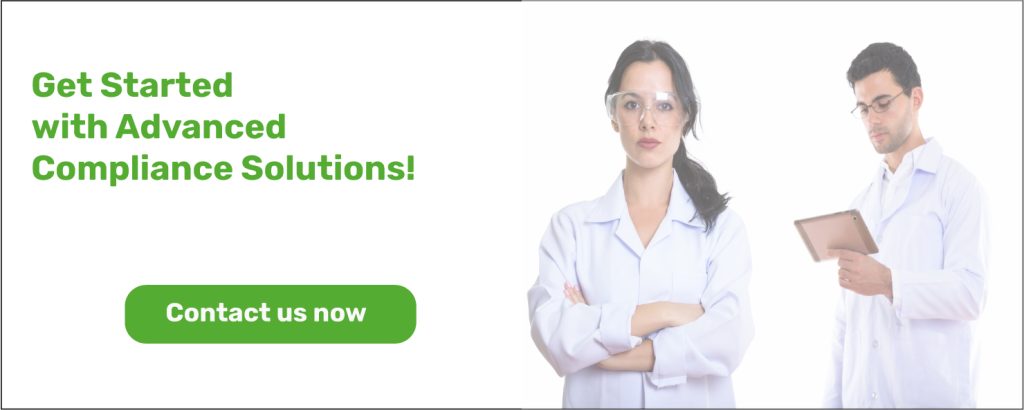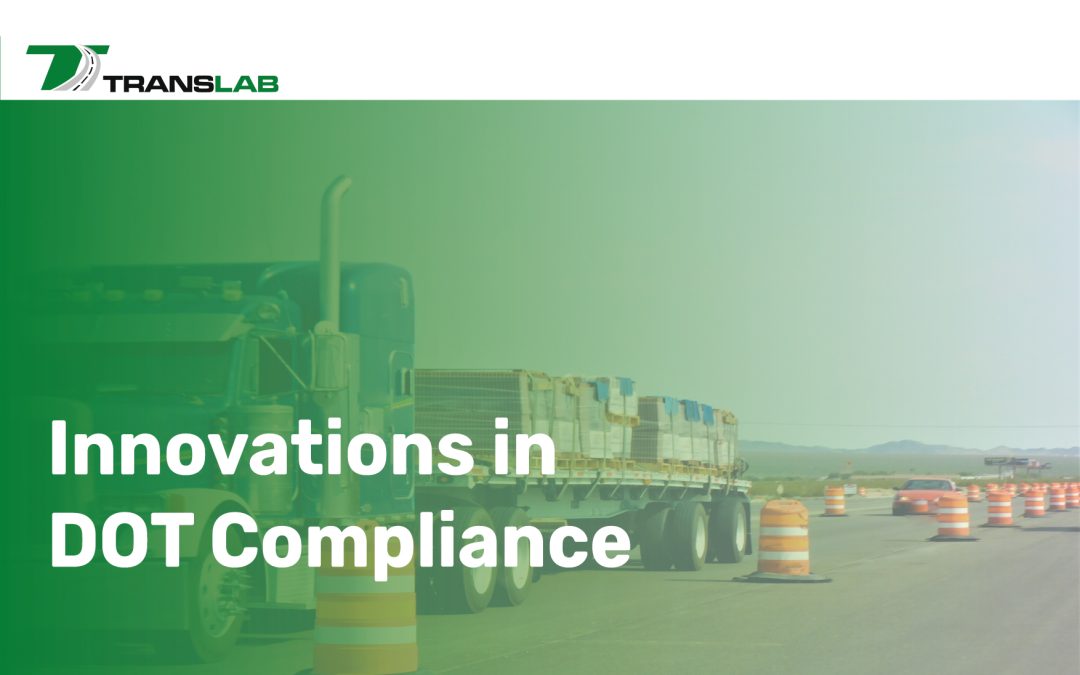The transportation industry is undergoing rapid changes due to advancements in technology, particularly in the area of compliance testing regulated by the Department of Transportation (DOT). Innovations are not just improving safety and efficiency; they are also streamlining the processes that trucking companies must navigate to remain compliant. As we look ahead, several key technological trends are emerging that promise to revolutionize how DOT compliance is achieved.
1. Automated Compliance Monitoring
One of the most significant innovations in DOT compliance is the rise of automated compliance monitoring systems. These systems use artificial intelligence (AI) and machine learning algorithms to continuously assess a company’s operations against DOT regulations. For instance, AI can analyze data from vehicle telematics to ensure that trucks are maintained properly, driven safely, and operated within legal hours. By automating these processes, companies can reduce the risk of human error and ensure compliance in real-time, potentially avoiding costly fines and accidents.
2. Electronic Logging Devices (ELDs)
The introduction of Electronic Logging Devices (ELDs) has already transformed how trucking companies track driving hours and ensure compliance with Hours of Service (HOS) regulations. Looking ahead, advancements in ELD technology are expected to provide even more comprehensive features. For example, future ELDs may integrate with a vehicle’s engine control unit (ECU) to provide more detailed insights into driving behavior, fuel efficiency, and maintenance needs. This integration will not only enhance compliance but also promote safer driving habits among operators.
3. Mobile Applications for Compliance Management
Mobile applications are becoming invaluable tools for compliance management. These apps enable drivers and fleet managers to access critical information on the go, such as compliance checklists, vehicle inspections, and regulatory updates. Future applications may incorporate advanced features like voice recognition, allowing drivers to log their hours and perform inspections hands-free. By simplifying the reporting process, these apps help ensure that compliance is consistently maintained without adding significant administrative burdens.
4. Data Analytics for Risk Assessment
The ability to leverage data analytics is reshaping how companies approach compliance risk assessments. By analyzing large volumes of data from various sources, including vehicle performance metrics, driver behavior, and historical compliance records, companies can identify patterns and potential compliance risks before they escalate. Advanced analytics tools can offer predictive insights, helping companies proactively address issues that could lead to non-compliance.
5. Enhanced Training Through Virtual Reality (VR)
Training programs for drivers and compliance officers are crucial for ensuring adherence to DOT regulations. Virtual Reality (VR) technology is emerging as a powerful tool for training, offering immersive experiences that can simulate real-world scenarios. For example, VR can simulate hazardous driving conditions, helping drivers understand how to respond effectively while adhering to safety regulations. This innovative approach not only makes training more engaging but also enhances retention of critical compliance information.
6. Blockchain for Secure Record-Keeping
Blockchain technology offers a promising solution for secure record-keeping in DOT compliance. By providing a decentralized and tamper-proof ledger, blockchain can ensure the integrity of compliance data. This technology allows for real-time tracking of vehicle maintenance records, driver qualifications, and inspection results. With blockchain, all stakeholders, including regulators, can access a single source of truth, enhancing transparency and trust in the compliance process.
Technological innovations are set to redefine DOT compliance testing, making it more efficient, transparent, and secure. As automated systems, advanced analytics, mobile applications, and emerging technologies like VR and blockchain become integrated into compliance processes, trucking companies can look forward to a future where adherence to regulations is simplified. By embracing these innovations, the transportation industry will not only enhance compliance but also contribute to safer roads and more efficient operations. The journey towards advanced compliance solutions has just begun, and the road ahead is filled with opportunities for innovation.


